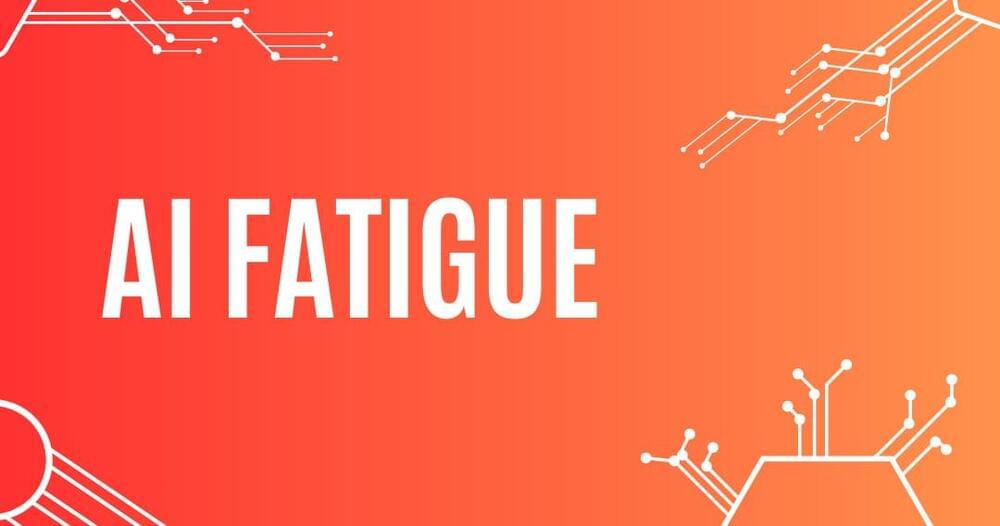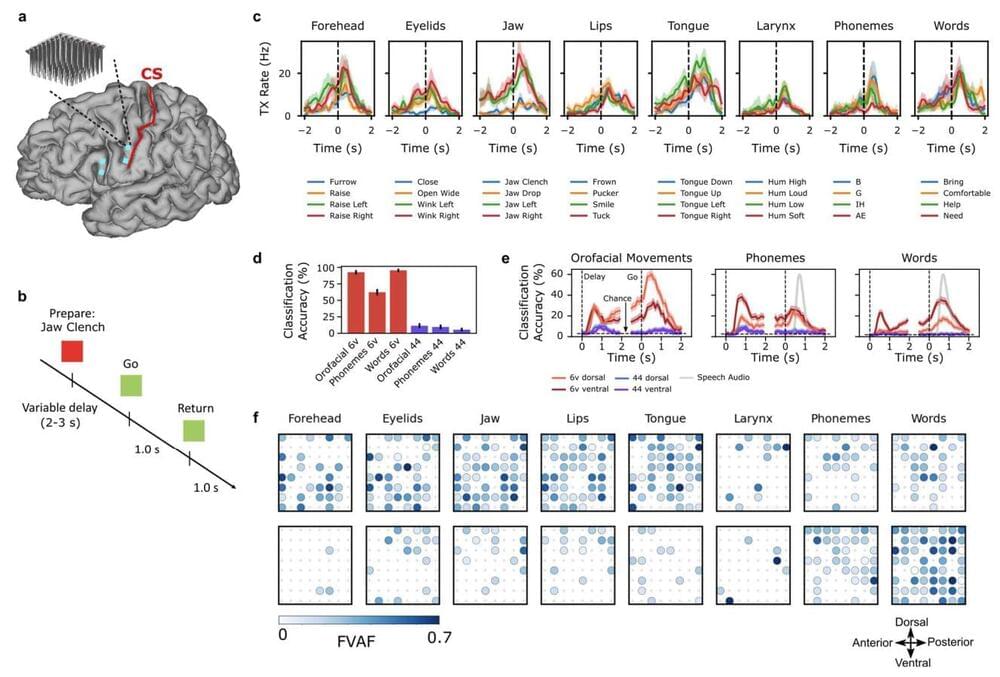In this article, the fourth installment of our five-part series on different pathways of aging, we look at the rejuvenation of cells, tissues, and stem cells, a topic that has been gaining increasing popularity thanks to remarkable advancements in the field of epigenetic reprogramming. Recent research suggests that despite the accumulation of molecular damage over time, cells and tissues can indeed undergo rejuvenation. We’ll be exploring key subjects such as Epigenetic reprogramming, PGC1a and GSK3β, Telomerase (TERT), as well as Apoptosis and senescence. Join us on this enlightening journey as we uncover the groundbreaking discoveries that are shaping the future of aging research.
The idea for reprogramming was simple yet beautiful. Children are born young, even though their parents are old, because they have undergone a process of cellular reprogramming that leads to rejuvenation.





